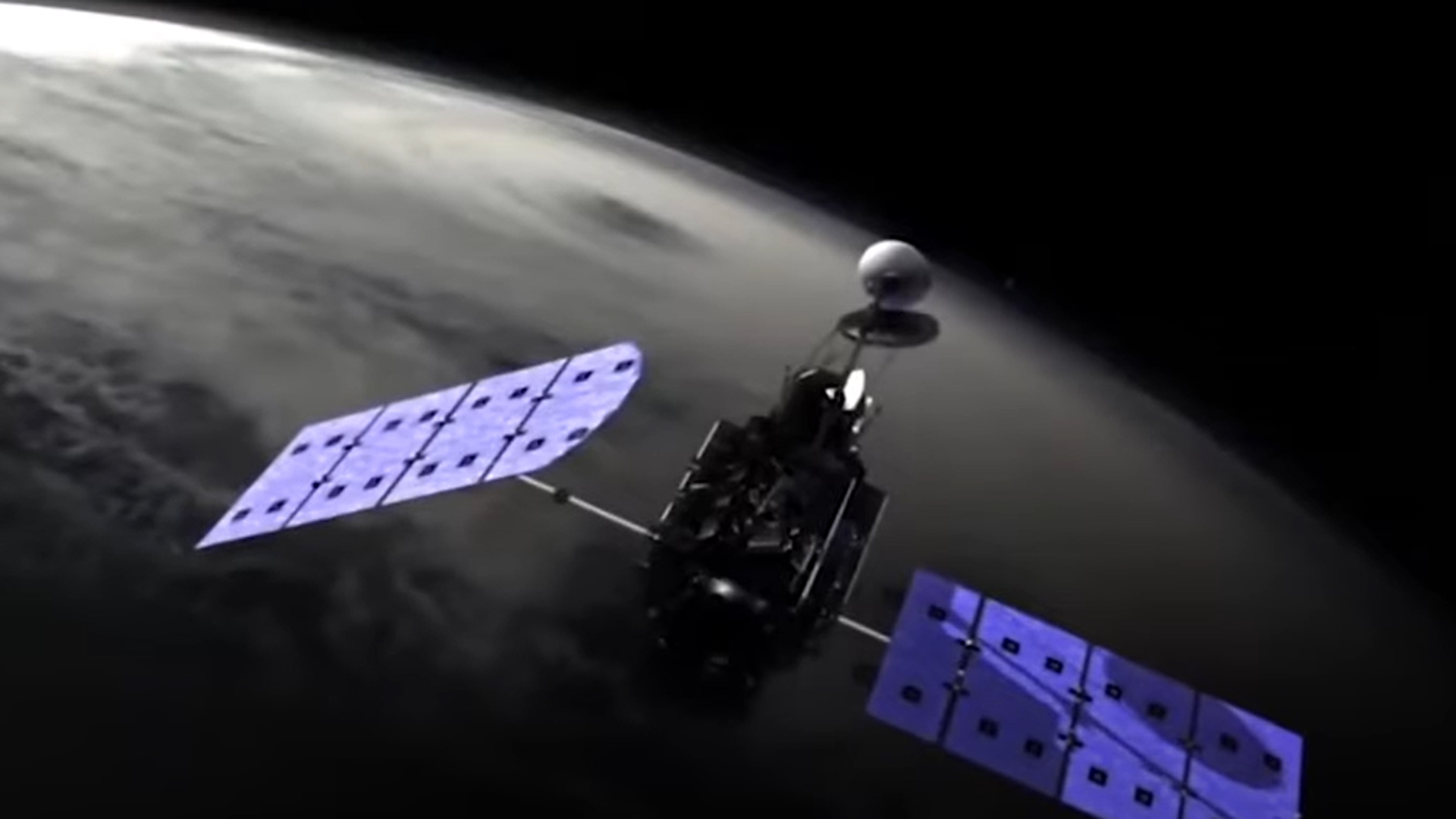SpaceX's Starlink may replace NASA's space telecoms network in the next decade
The U.S. space agency wants to focus on science and exploration and hand over all low Earth orbit services to commercial players.

SpaceX is among companies that might replace services of NASA's aging space telecoms constellation that has kept the International Space Station connected to Earth for decades.
For years, NASA's Tracking and Data Relay Satellite (TDRS) constellation has served as the main link between the International Space Station and Earth, providing astronauts with constant connection to ground control as well as the ability to engage with the public and stay in touch with their loved ones.
The American space agency, however, plans to retire the six aging satellites in the next decade and hand over their task to commercial companies. This month, the agency announced partnerships with six commercial satellite operators including SpaceX, U.K. company Inmarsat, American Viasat and Switzerland-based SES, to demonstrate how they could take care of NASA's space communication needs in the future.
Related: Starlink: SpaceX's satellite internet project
"We don't plan to launch any new TDRS satellites in the future," Eli Naffah, the manager of NASA's Commercial Services Project, who oversees the partnership with the commercial companies, told Space.com. "The plan is to allow the constellation to basically [reach the end of its life]. At some point later in this decade, we are going to have some diminished capability and the plan is for the [commercial companies] to come up with a different way of providing communication services to our missions."
Three generations of TDRS satellites have been launched since the 1980s when the constellation was originally developed to support space shuttle missions. The current third-generation satellites went up in 2017.
The role of TDRS is to provide seamless, constant connection between spacecraft orbiting the planet and NASA's ground centers. In addition to the International Space Station, TDRS also supports the Hubble Space Telescope and other scientific missions.
Breaking space news, the latest updates on rocket launches, skywatching events and more!
To provide constant coverage, the constellation needs at least three satellites in geostationary orbit scattered around Earth. Geostationary satellites circle the planet at an altitude of 22,000 miles (36,000 kilometers), where their orbital period matches the rotation of Earth. As a result, these satellites appear suspended above a fixed spot on the planet.
In its current form, TDRS has six operational satellites, but the three satellites of the second generation are already over 20 years old, reaching the end of their lifetime.
"Back in the 1980s, when we developed TDRS, there really wasn't an ability on the commercial side to be able to provide this service," Naffah said. "But since then, the industry has far outpaced NASA's investment in this area. There's a lot of infrastructure, both on the ground and in orbit that is capable of providing these types of services to a spacecraft."
Over the next three years, the six companies will develop demonstrator projects, showcasing the ability of their telecommunication satellites to communicate with orbiting platforms. That, Naffah said, might present some technical challenges. Most commercial telecommunication satellites connect with stationary ground-based antennas or mobile terminals on ships or aircraft that travel at much lower speeds than orbiting satellites. Commercial aircraft, for example, travel at 460 to 575 mph (740-930 kph), the space station, however, orbits Earth at about 17,500 mph (28,000 kph).
Naffah said that NASA will invest $278 million into the project over the next five years, with the agency's industry partners contributing a total of about $1.5 billion to the work.
"Hopefully, we can achieve some cost efficiencies in buying commercial services, get out of the business of operating networks, and really put more focus on science and exploration," Naffah said.
The development is part of NASA's long-term initiative to hand over most of low-Earth orbit operations to commercial players. The space agency is already purchasing cargo and crew transportation services from Northrop Grumman and SpaceX, with Boeing due to join that list later this year.
NASA has said it will retire the International Space Station in 2030 and expects all future human presence on low Earth orbit — even visits from its own astronauts — to be managed fully by commercial operators.
Follow Tereza Pultarova on Twitter @TerezaPultarova. Follow us on Twitter @Spacedotcom and on Facebook.

Tereza is a London-based science and technology journalist, aspiring fiction writer and amateur gymnast. She worked as a reporter at the Engineering and Technology magazine, freelanced for a range of publications including Live Science, Space.com, Professional Engineering, Via Satellite and Space News and served as a maternity cover science editor at the European Space Agency.
